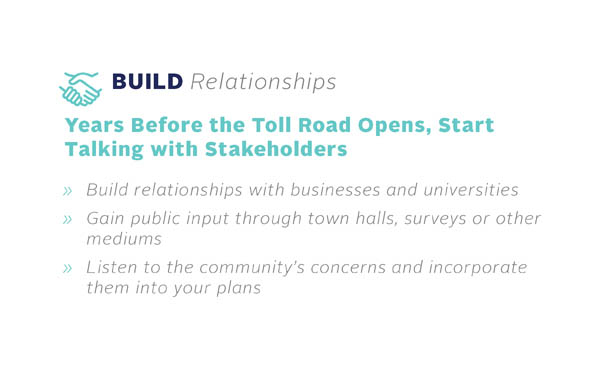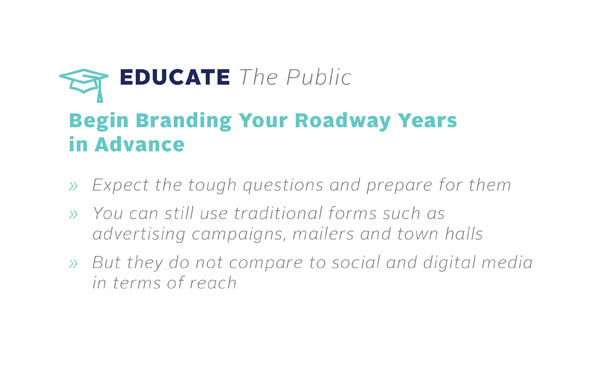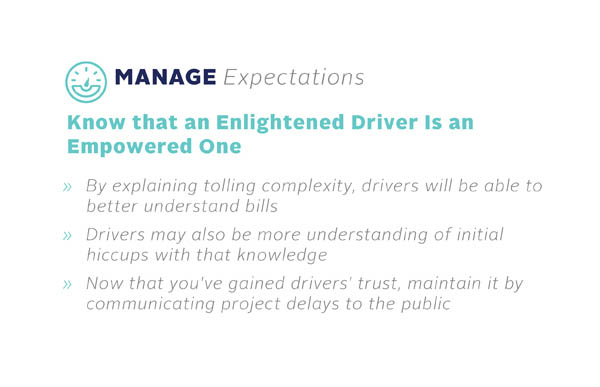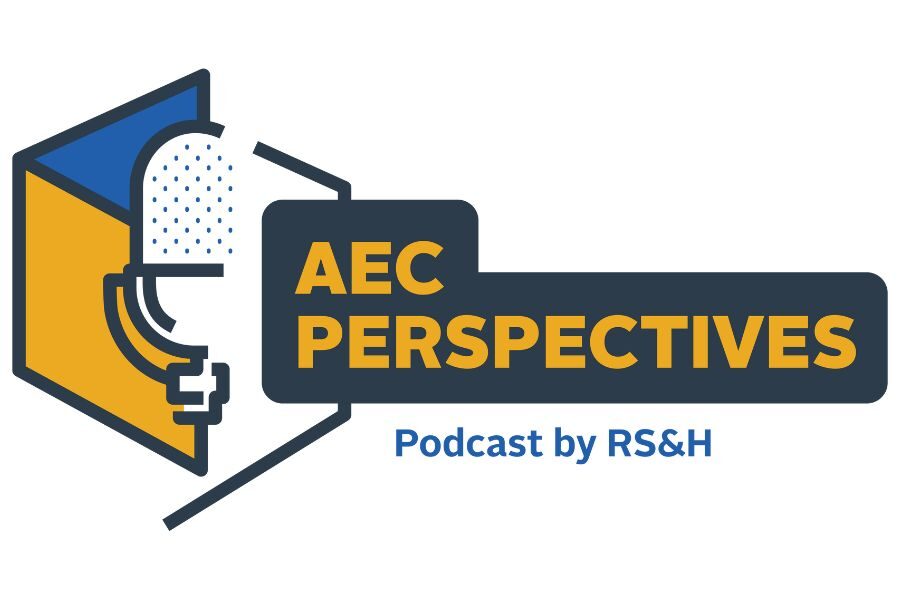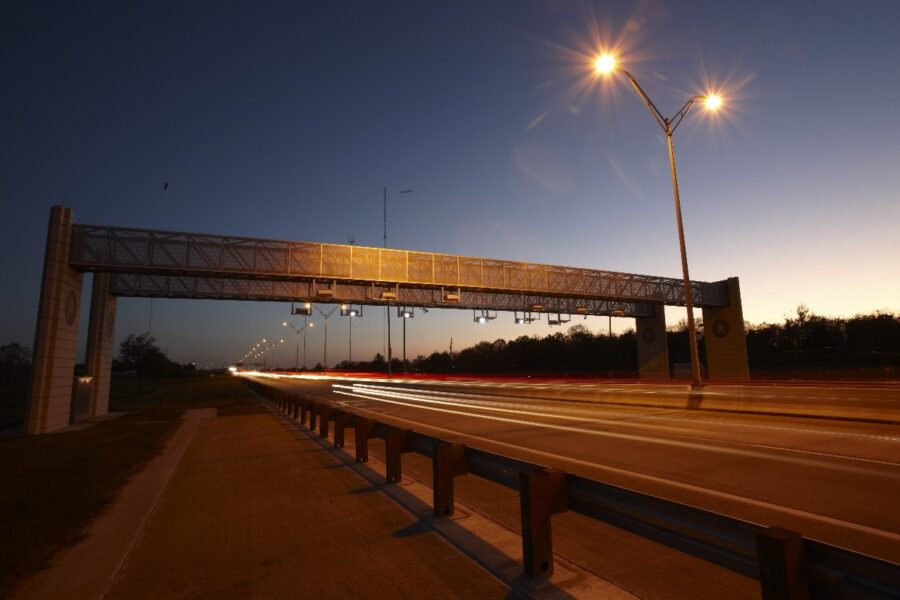How Communication Strategy Can Make or Break a Toll Road
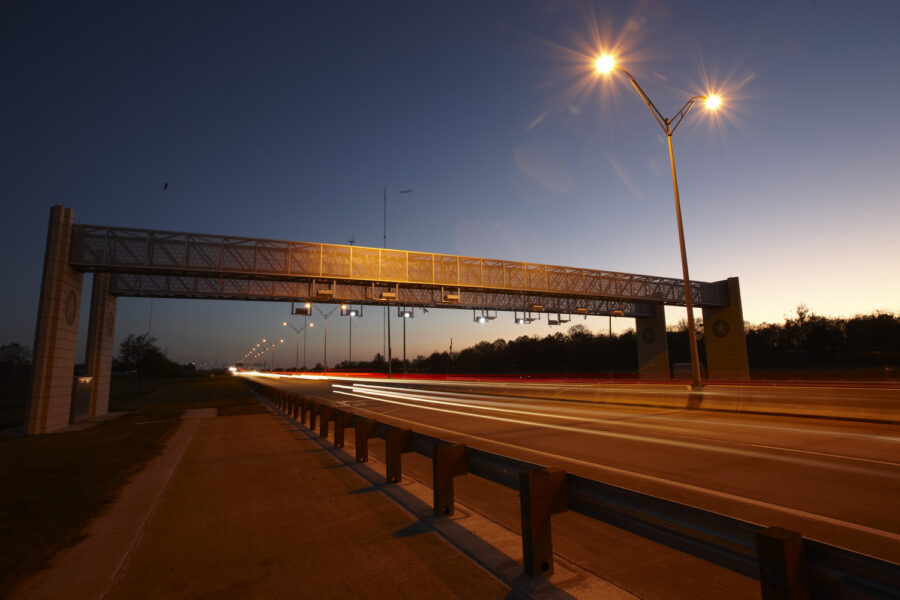
We’ve all heard it before: communication is key. That statement is no less important when a tolling agency is planning the opening of a new toll road. In fact, effective communication is critical to a toll road’s initial success and continued progress down the road.
Long before the back-office system (BOS) begins program changes or a construction shovel hits the ground, the public outreach plan introducing the concept of a planned toll road should be well underway.
Building Relationships
Depending on the initial acceptance level of a project, the project team should either work to educate the public about all facets of the project or discuss possible alternatives to the area’s growing congestion struggles.
Years before a potential toll road’s opening, initial relationships are being built within the local government and with the community’s surrounding businesses and universities.
The agency and its partners should be particularly mindful of business owners who raise concerns about losing business as drivers choose to utilize a new toll road over the congested, traffic-light-filled thoroughfare that is the base of their livelihood. These concerns should be diligently evaluated, measured and incorporated into the roadway plans.
Gathering input from the public, whether it comes from a variety of town hall meetings, surveys, geo-targeting, demographic algorithms, direct mailers, or other forms, is all-important. The impacted community wants assurance that their voices are being heard, their concerns are being addressed, and their input is being incorporated into the project plan, strategy and roadway design.
Putting aside the expected percentage of the local populace who fight the idea of a toll road, by and large, toll roads are not only accepted, but widely utilized. This comes only once community members are educated on the road’s benefits and have a clear understanding of the positive impact it will have on their daily lives.
Branding the Project & Educating the Public
While they are building relationships, the communications team should be at work creating the project’s brand, if it’s not already in existence. This branding is the all-important identifying link to the project, its resources and its information base.
As the opening of a toll road draws nearer – six to twelve months before opening – this public education is crucial for an agency. Every project’s branding and messaging must communicate a simple message: that the agency and the community are working together to limit the time spent in traffic, thereby increasing quality of life.
Behind that singular message, however, is an epic effort.
Traditional communication methods, such as advertising campaigns, press releases and community events, are still helpful, but they cannot compete with the importance of social and digital media channels.
These mediums are critically important to the dissemination of information, allowing the public to access information about the project in the same place they get their other news. Certain demographics will then access the project resources relatively quickly, posing questions and offering comments. They might not have the opportunity to do so if only traditional communication platforms are used.
But an agency’s responsibility goes far beyond social media and press releases. Whether representing the agency at a well-organized business meeting or a local baseball game, simplifying complex tolling concepts into understandable nuggets is invaluable in keeping a positive public perception. Anticipating questions about policy or policy changes from the more informed driver is also necessary.
Key to this is a clear, informative website, which is easy to navigate and well understood by the agency’s customer service representatives.
Managing Expectations & Timing
Managing public expectations is another important facet of toll road communications. Educating the public that a toll project is a complex undertaking with many detailed parts empowers the customer.
In the industry, we know that to produce a valid toll transaction, a transponder must work in coordination with roadway construction, lane technology and a back-office system. But oftentimes, the general public is unaware of the road’s complexity.
A driver who understands the complex systems behind a toll transaction is better equipped to understand his or her statement when the time comes. He or she is also more apt to understand that there may some initial hiccups to correct once travel on the road begins – and not unimportantly: the inevitable call to the customer service center will be more congenial for all involved.
Finally, the external messaging effort must stay aligned with the project timelines of the back office and roadside system changes in preparation of the toll road opening. Any system delays that might in turn delay the opening of a toll road need to be addressed in the public arena expeditiously.
Bottom line: If communication is kept at the forefront of the toll road project, the success of the toll project increases exponentially.
